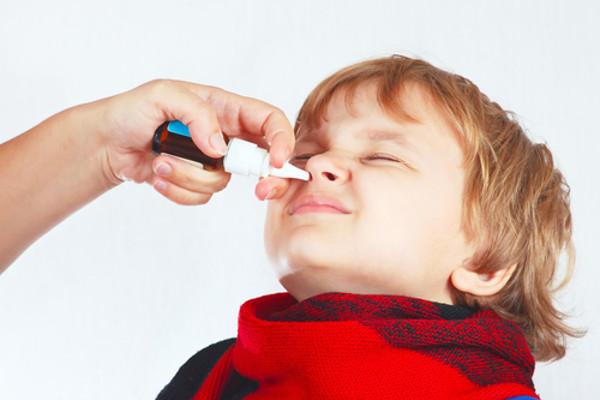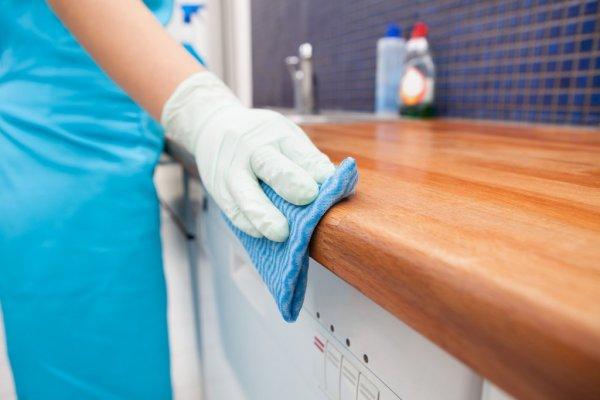The best remedies and preparations for thinning thick snot in a child
Mothers often face such a nuisance as difficulty in nasal breathing in babies. This problem is related to the disease that caused the runny nose. Now we will answer the question: how to liquefy thick snot in a sick child.
A small organism up to six months of age is still able to fight bacteria in the environment. This is due to antibodies that were transmitted during fetal development from the mother. Starting from the age of 6 months, antibodies are gradually consumed, and the small organism does not yet have its own immunity. Therefore, he becomes infected with colds and viral diseases.
Respiratory infections are the most common cause of thick nasal mucus in young children. The process of formation of a thick separable takes about a week. A few hours are enough for a child to turn from a serous secretion of snot into a thick plug of purulent snot.
This symptom is most dangerous in infants - the child does not eat well, does not sleep due to lack of breathing, becomes moody and does not gain weight. Therefore, it is important to identify the disease at an early stage, and start treatment in a timely manner:
- Damp air often causes thick nasal contents. It dries up the mucous membrane, the sinuses of the nose are covered with dried crusts that prevent breathing through the nose.
- Late treatment for rhinitis also causes the accumulation of viscous infected snot. Green thick discharge from the nose is a sign of an untreated disease.
- Allergies are a popular cause of viscous discharge that has a green tint.
The attending physician should establish the disease and prescribe the appropriate drops. Self-medication will lead to complications that will aggravate the situation.
How to find out what caused the snot?
A runny nose is not a disease, but a symptom of an acute infection in the body. It in infants is manifested by fever up to 38 degrees. Weakness and redness of the throat, also manifestations of infection. At the same time, it is difficult to determine other symptoms without a doctor's examination. A baby at an early age will not tell where it hurts.
Therefore, it is important to recognize the disease of the child in time and quickly come to the doctor for help.
How to thin thick snot in a child?
The diagnosis is made, the treatment is prescribed. But what about the nose, which now and then lays, snot interferes with normal sleep, interferes with the nasopharynx and does not blow out. Here are some effective tips for this:
- Use of nasal drops.
- Washing with saline solution.
- inhalation therapy.
- Sprays for colds.
- Folk methods of treatment.
- Thinning nose drops.
These drugs are divided into three subgroups:
- secretory drugs;
- mucolytic agents;
- secretolytic drugs.
The secretomotor group of agents is intended to improve the functioning of the ciliated epithelium, improve the ventilation of the sinuses and the free removal of sputum. The composition contains plant components: eucalyptus essential oil, fir and anise. Also medicines, often used as an expectorant, for the treatment of bronchial asthma.

The mucolytic group easily copes with the task of thinning sputum in rhinitis, sinusitis and colds. The drugs are designed to thin the snot and change the chemical composition of sputum.
Secretolytic agents are designed to reduce the density of snot. The composition of the product with this effect includes both plant substances and chemical components. With the help of elderberry, marshmallow, sorrel, thyme, primrose, sputum is liquefied with greater intensity and plant materials are less dangerous for their side effects than chemistry.
Washing with saline solution
Back in the 20th century, parents tried to use less chemicals so as not to harm their child. Among the safe solutions that contain only a salt solution are Dolphin, Solin, Aquamaris, Aqualor and others. Salt solution can also be prepared at home with a teaspoon of salt and 1 liter of boiled warm water. The effect is the same.
Washing is used in children from 4 years of age. To do this, you need a simple syringe and a solution. We draw the liquid into the syringe and pour it into the baby's cavity with sharp pressure. The head can be tilted to the right or left side. Depending on the nostril being washed. Pour the liquid into the left nostril - the head is turned to the right shoulder and vice versa.
The stores sell special ones. They are used not only during illness, but also for daily hygiene purposes. With daily use, all microbes from the nasal cavity are washed out, clearing the nose, and the risk of getting colds is reduced several times. Doctors recommend using nasal lavage as a daily hygiene procedure for the prevention of viral and respiratory diseases. As a washing liquid, you can use not only drops of a salt solution, but also infusions of herbs of chamomile, sage and others. They do not cause side effects, and the use has a positive effect on the entire immune system of babies and adults.
Mucus thinning sprays
Sprays that thin the snot are used no earlier than the age of three. Medicines have a mucolytic and vasoconstrictive effect. These include: Rinofluimucil and Sinupret.

Inhalation with a nebulizer
Nowadays, most often, physiotherapy is prescribed by a doctor using a salt solution and an apparatus called a nebulizer. Under the influence of the engine, it produces steam with salt ions, which the baby subsequently breathes. The duration of the procedure depends on the severity of the disease and lasts from 3 days to a week.
Folk methods
In folk medicine, there are many ways to thin the snot in children:
- Using garlic oil to instill nostrils. Sputum will become thinner if the oil is used two or three times a day.
- Onion juice, diluted to a consistency of 1:3 with water. For a better effect, you can add a little honey.
- Juices from aloe and Kalanchoe plants have a pronounced mucolytic effect. They also do an excellent job with microbes that have populated the nasal cavity. The method of manufacture is as follows: juice is squeezed out of plants, diluted with water 1: 3 and dripped up to 3 times a day, 1-2 drops into the nose.
- Make washing with tinctures of herbs in water. They have a mucolytic effect of herbs of calendula, sage, chamomile and coltsfoot.
Humidity in the room
To prevent the air in the house from causing thick snot in the nose of a child, a humid microclimate in the room should be maintained. To do this, the market offers a variety of humidifiers. These include:
- air conditioners;
- electric humidifier.
But these are expensive devices for which the average consumer may not have enough money. Therefore, you can humidify the air yourself by spraying curtains and plants with water from a spray bottle, as well as:
- Place a saucer of water near a radiator or other heat source. The droplets will evaporate and humidify the air.
- Dry clothes indoors. Thus, drying, the water turns into steam and moisturizes the room.
- The presence of living plants and flowers in the rooms also has a positive effect on the air.
- Ventilating the room while walking with the child outside or while sleeping will also improve the air circulation in the house.
- Daily wet cleaning will not only cope with dust, but also moisturize the house.

How to remove thick mucus from babies?
Babies often suffer from the fact that they do not know how to blow their nose. Snot stagnates in the child's nose and dries up. What should mom do to remove this mucus from the sinuses? Loosen phlegm using one of the above methods.
Doctors advise using only salt solutions or preparations containing sea water. We make several injections in both nostrils. The snot in the nose will soften and move away more easily. Then we take two pieces of cotton wool, make flagella out of them, gently insert the flagellum into the nose in a clockwise direction and sharply pull it out. Usually, after the cotton swab, a clot of sputum comes out of the nose. So we do with the second nostril.
